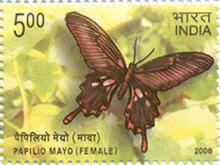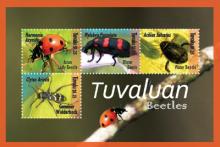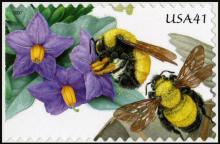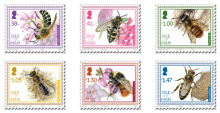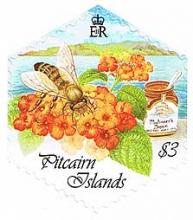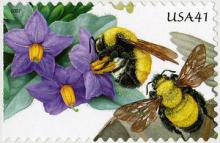Bijen, wormen en vogels lijden onder pesticide
- Read more about Bijen, wormen en vogels lijden onder pesticide
- Log in to post comments
De pesticiden neonicotinoïden (neonics) en fipronil vormen een ernstig gevaar voor honingbijen en andere bestuivers zoals vlinders, maar ook regenwormen en vogels lijden eronder. Dat concludeert een groep wetenschappers uit een analyse van alle beschikbare studies, zo’n 800. Hun bevindingen verschijnen weldra in het wetenschappelijk tijdschrift Environmental Science and Pollution Research. Neonicotinoïden zijn stoffen die inwerken op het zenuwstelsel. Blootstelling aan deze stoffen kan onmiddellijk dodelijk zijn maar ook langdurige gevolgen hebben. Een van de hoofdauteurs, Jean-Marc Bonmatin van het Franse Centre National de la Recherche Scientifique noemt de bewijzen ‘zeer duidelijk’. De wetenschappers vinden drastische maatregelen om het gebruik van deze middelen terug te schroeven daarom noodzakelijk.



